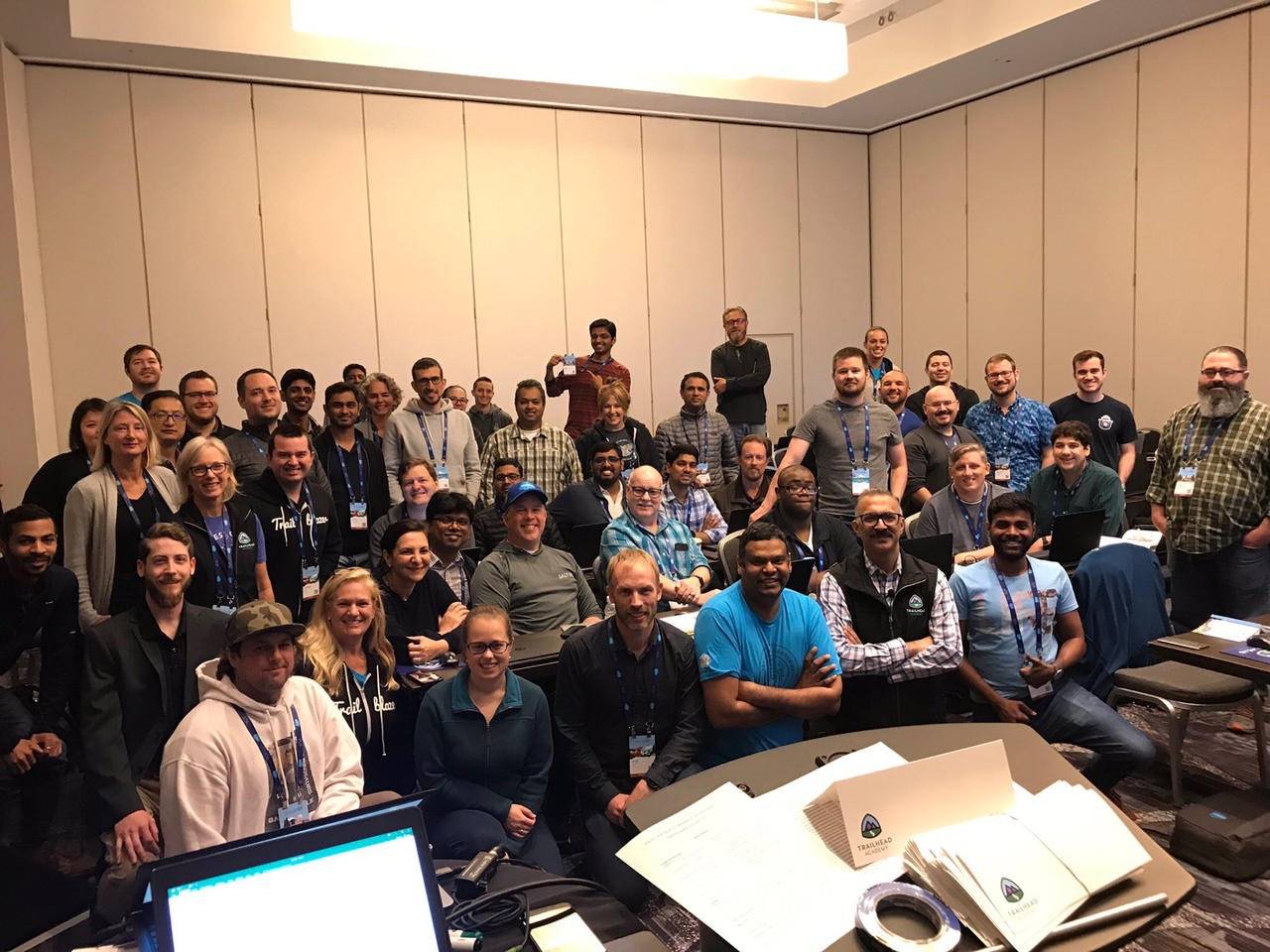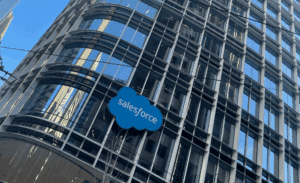In 2019, I had the incredible opportunity to attend the Integration Architect Bootcamp at TrailheadDX (TDX) San Francisco, a pivotal experience that shaped how I approach enterprise architecture today. The course was led by two legendary Salesforce Certified Technical Architects: Amit Malik and special guest Gary Brandleer — both known for their depth of knowledge, clarity, and real-world expertise.
Over the course of the bootcamp, I absorbed the core characteristics that define a successful architect:
-
Technical Mastery
-
Solution Design Skills
-
Effective Presentation and Communication
The foundation of our learning centered around two pillars: Capabilities and Patterns.
Capabilities, from a developer’s lens, focused on mastering Salesforce’s rich integration offerings:
-
API-Based (SOAP, REST, BULK)
-
Event-Based (Streaming API, Outbound Messaging, Platform Events, Change Data Capture)
-
Connect-Based (Salesforce Connect, Heroku Connect)
On the architectural side, we dived deep into Integration Patterns, exploring the “how” behind system interactions:
-
Outbound Patterns like Remote Procedure Calls (RPC) — both Request-Reply (Synchronous) and Fire-and-Forget (Asynchronous) — as well as Outbound Messages and Callouts (via Triggers or Visualforce pages).
-
Inbound Patterns such as Remote Call-Ins (RCI) where external systems interact directly with Salesforce.
Amit and Gary(both leaders in AI dev at Salesforce now) made it clear that the key to successful integration isn’t just technical execution, but thoughtful system design. We studied when to use Point-to-Point connections versus a Hub-and-Spoke model or fully embrace an Enterprise Service Bus (ESB), like MuleSoft, to orchestrate complex service interactions.
We were encouraged to always map a client’s current vs. future system landscape using tools like Lucidchart. Critical questions to ask included:
-
Who is initiating the integration?
-
What type of integration is needed (data, process, event)?
-
What is the required timing (synchronous vs. asynchronous)?
Through discussions, diagrams, and real-world examples, we explored not just how Salesforce connects to the world — but how to build integrations that are scalable, resilient, and elegant.


